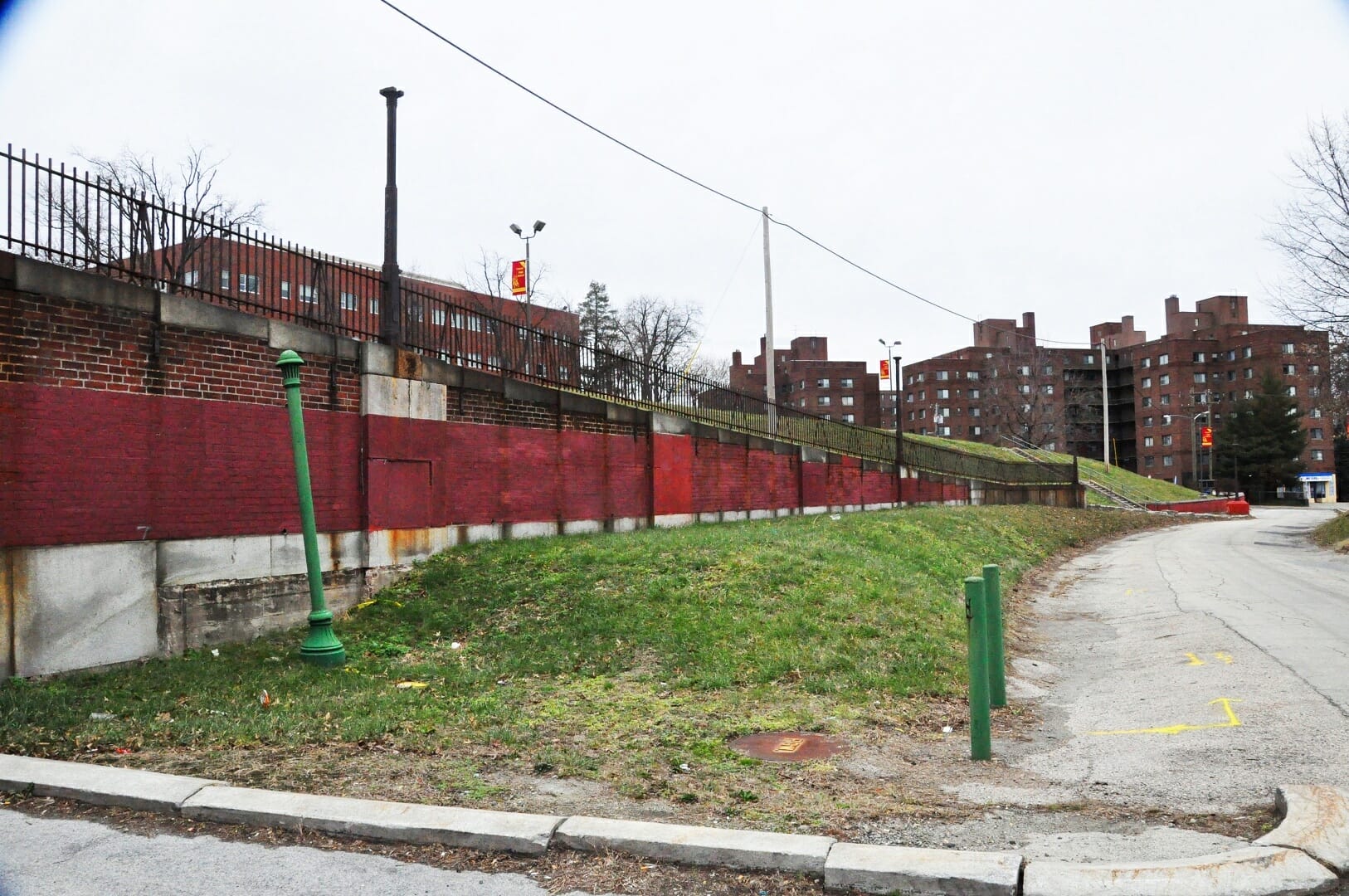
By Yvonne Dennis (246)
Real-life forensic lab work is not the fast-paced, unrelenting drama you see on TV where one person is practically doing all the interviewing, the detecting, the scientific analysis and the crime-solving in a few days.
Testing takes time and care, can often be tedious and offer few answers. But for four Central High School grads working at the Philadelphia Police Department’s Forensic Science Center at 8th and Poplar streets, it is incredibly rewarding providing answers for crimes in their city, big and small.
“Basically, five people do the job of one person on TV,” says Jamila Howard (258). In Philadelphia, she explains, “You got the crime-scene person, you got evidence intake officer that brings the evidence (to the scientists), you have a trace person, DNA person, chemistry person, a firearms person.”
Hung Le (249) and Jaleela Samuel (261) are trace-evidence analysts. Hung, six years with the department, is a forensic scientist 3. Jaleela will mark three years with the department on Friday and rise from FS2 to FS3.
Correcting some more TV fiction, Jaleela adds with a laugh: “Forensic scientists don’t go to the scene. You don’t interview anyone. You don’t carry a badge. You don’t carry a gun.”
Jamila and Lynn Haimowitz (262) are both FS3 DNA analysts and have both been with the department about six and a half years. None of the fellow Lancers knew each other before meeting at their current office of about 35 staffers.
Evidence comes to the analysts at the science center largely through the Philadelphia District Attorney’s office and assigned for testing by a case manager. Managers are FS4 and higher. The center also tests evidence from the fire marshal, and sometimes tests evidence for departments in surrounding counties or even federal agencies.
Evidence is first tested by a trace analyst such as Hung or Jaleela for biological fluids. Hung is also qualified in the sub-discipline of gunshot residue analysis.
“Anything that’s positive, we send it downstream for DNA testing,” Hung says.
That is where Lynn or Jamila or another DNA analyst comes in.
“I like the lab work,” says Lynn, who has been back to work for two months following a six-month maternity leave with firstborn daughter Bethany. “Lab work can get pretty tedious because it’s the same thing day in and day out, but this job keeps it interesting because even though the lab work is the same, each case is different and the results are different so the analysis is going to be slightly different.”
DNA analysts read basic information about a case they are working on through a police department internal computer system. But they don’t want to read too much.
“All of us have to look it up enough where we know what samples can go into the database,” says Jamila. Rape and murder evidence results may have to go into certain state or federal databases, for example. “That’s where I usually stop” reading, she says. After they are finished testing evidence in a case, analysts may decide to go into the files and read more about the case. They often testify in court about their results.
Analysts prepare for their testimony, of course, but “each case is different and you don’t know what the defense attorney will ask,” says Hung. Also, he says, “Some juries will like what you say. Some won’t.”
Analysts keep up their training through monthly reviews, online programs, conferences and proficiency testing. And though they have computer programs to help with things such as determining odds, statistics understanding is a must.
Beside the speed of getting results, almost always getting results from DNA testing is another ”CSI effect,” from TV, the Central grads say.
“TV seems to always get DNA and they always get DNA from one person,” says Lynn. “And more often than not, we’re either not getting anything or it’s a mixture. So our results are not as clear-cut as they are on TV.”
But plenty of crime does get solved, and it makes these four feel good.
“I had an opportunity to test in Virginia and Maryland,” says Jamila, a part-time optician who made her own glasses and in her spare time is a cosplay geek. “But I wanted to work in Philly. This is where I grew up. This is the crime I wanted to help stop.
“When I first started I was still taking the subway and one of my cases was the Broad Street sex assault. It was a CODIS (Combined DNA Index System) match and we got him, so I helped all the women who were riding the sub and I was one of them and that says something. That keeps me going. I remember that I am helping my mom, my grandmom. Lynn’s baby. ”
“We’re serving our city,” Lynn and Jaleela echo.
Hung, father of a 3-year-old son, Henry, and a 1-year-old daughter, Angela, nods with a smile.



